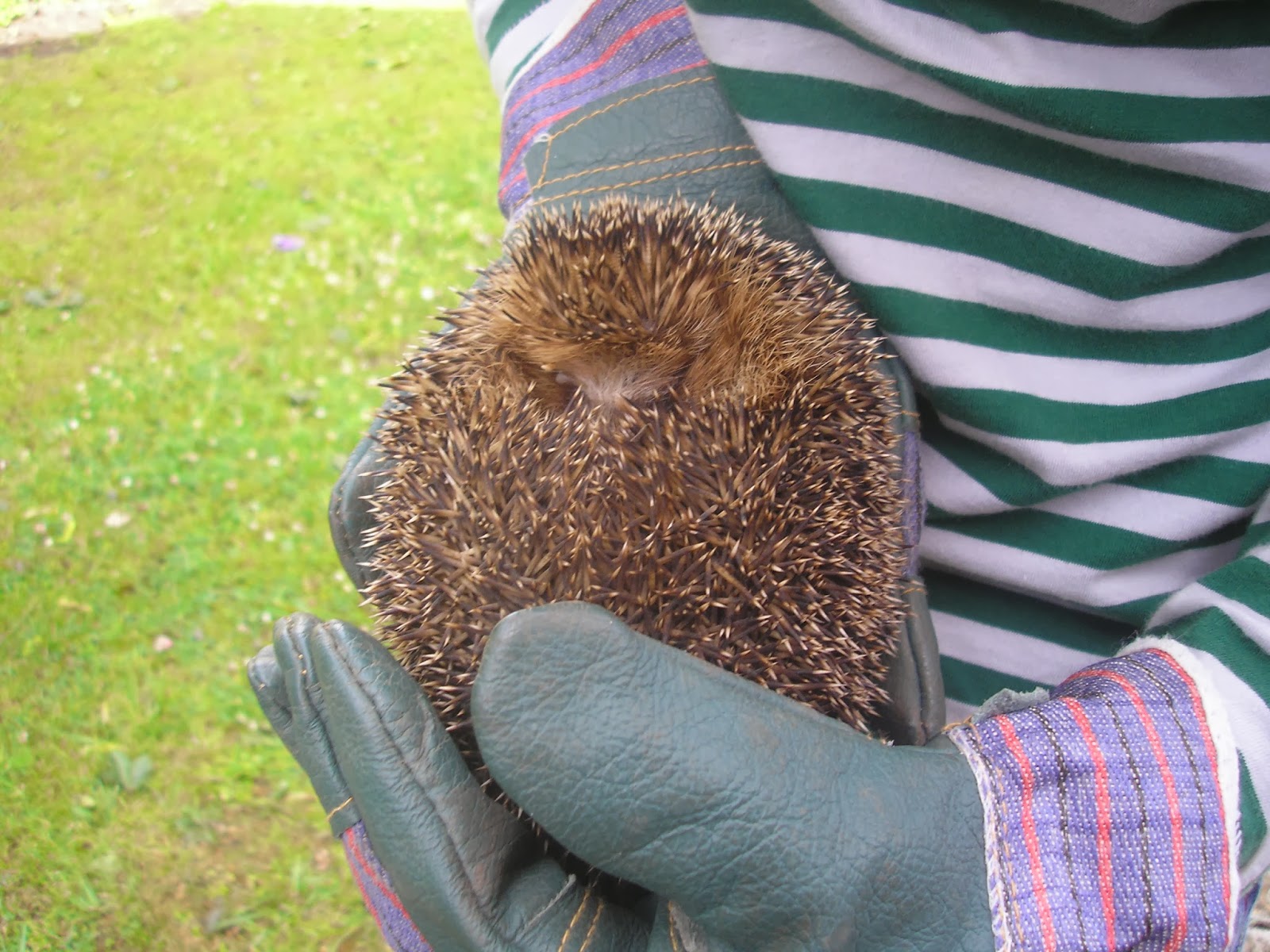I began at our local airfield, looking for Mad March Hares. It had been a couple of years since I last tried to film Hares boxing, and I was quickly reminded of how difficult it is to do so. Hares dig small impressions in the ground called 'forms', which they can lie in for many hours during the day. This excellent camouflage is good for the Hares-which just look like clumps of earth on the ground- but bad for anyone trying to spot them.
But spotting hares is only half the battle- it's keeping up with them which is the real difficulty! Hares can run at speeds of up to 70 km/h, so once spooked shoot off into the distance, well beyond the zoom of my camera. As a result I have to sneak up on a group of Hares very slowly and very quietly (with ears like those it's no wonder they have excellent hearing), and only after half an hour of silent shuffling was I able to get close enough to get a few shots of this pair:
Unfortunately I didn't see any boxing, but then I wasn't there for very long. Though with all the spare time I have on my hands this week, I hope to go up to the airfield as often as I can, so fingers crossed I'll catch them boxing then.
Yesterday I rescued my first fledgling of the year. It was a young Collared Dove, found between two ferns at a local garden centre. Usually with fledglings found on the ground, the advice is to leave well alone. Young birds will often fall out of the nest before they can fly, but their parents will still come down to feed them, so long as it is safe to do so. The best thing to do is to watch the bird for a while to see if its parents come down to it, and place it out of reach of predators, such as cats, if needs be.
However, on some occasions it is necessary to intervene. Yesterday was such an occasion, as one of the Dove's parents was confirmed dead (it's body had been found the day before), and the other was nowhere to be seen. The Dove was also very small, even for a bird of it's age, and its bony keel and empty crop suggested to me that it might not have been fed for some time. With this in mind, the decision was made to take it to Tiggywinkles Wildlife Hospital.
 |
| Found between two ferns, our first fledgling of the year! |
Now that we've had our first fledgling, I'm sure there will be many more to come!




